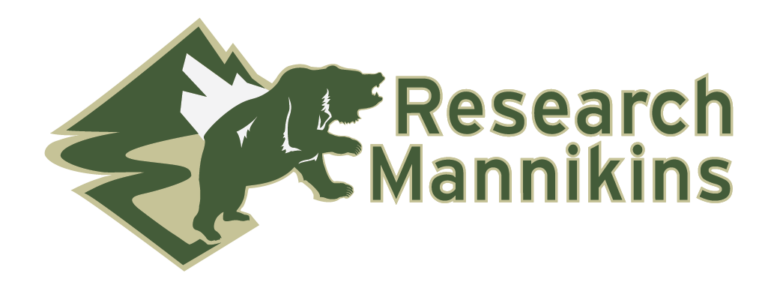Using Artificial Bird Heads
By Stefan Savides

If there is one problem area in bird taxidermy that really destroys the integrity of a piece when poorly done, it is the head and neck. The overall attitude of a bird is largely expressed by the head’s relationship to the body. The shape of the head is one of the first places we look to when it comes to identifying a particular species. This shape is defined by its overall outline and the relationship of the bill to the head. The outline is partly created by the neck union. If the neck is improperly attached the appearance of the head will be destroyed, thus keeping you from accurately portraying a particular species.
When I first became familiar with reproduction heads, I was very reluctant to use them. I thought, “Why go through all of this monkey business and spend more money doing it just to have a mount with a fleshy looking bill?” It didn’t seem worth it. What I was not aware of was all the other incredible advantages. Actually, the fleshy bill isn’t even the greatest advantage! Being able to pre-paint the bill, having the skin taxi freely, thus creating a fluffier head and most of all, being able to create a solid more accurate head/neck union are the greatest advantages. It was a profound discovery to me! I now feel crippled when don’t take the advantage of this method.
Another area that requires conscious thought is the neck to the body attachment. Here is an area that varies with different poses. The backbone may rise higher than the plane of the scapular bones on a high head bird. In contrast, there is enough movement in the structure of the body so that when a bird assumes a low head posture, the top of the neck or backbone can be below the plane of the scapular bones. This allows for that neckless puff ball look. When a bird folds its neck, it doesn’t lose vertebrae. That look is created by the accurate bends in the neck and proper skin orientation. The form of the body must be altered to allow this configuration. For example, the body for a low head mount may need some additional hollowing of the wishbone and backbone areas in order to make room for the radically bent neck. All of that neck has to go somewhere. Also a smooth transition between the body and the neck must be created. There is a crop and generally a deposit of fat that helps to make a graceful blend in that area. This can be recreated by the use of polyester batting, cotton, tow, or any material that is flexible to allow some neck adjustment.
The third area of concern is the actual configuration of the neck. In general terms the average neck diameter is the smallest just a little ways behind the head/neck union.
The trachea also has its individual form. As a general rule of thumb one should start exposing the trachea from between the lower mandibles and start dropping it down even with the back corner of the eye. It does not follow the front of the neck all the way down. It actually starts in front and moves over to the right side as it drops.
All bird necks are essentially created with an S-curve. You cannot make a real neck bend any other way. The vertebrae only bend in an S-curve. Even when a neck is fully outstretched it displays a very slight S-curve.
Heads and necks are just like any other part of the bird in respect to the fact that we need to duplicate their natural form as closely as possible. Using artificial heads and necks can make this process much easier!
